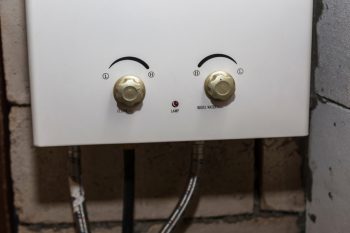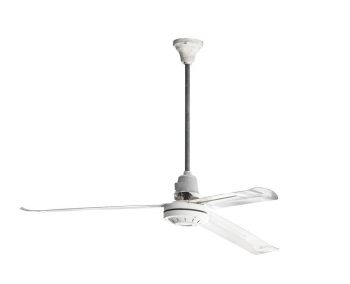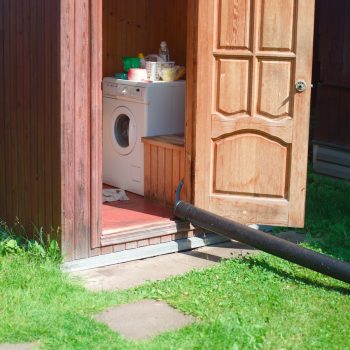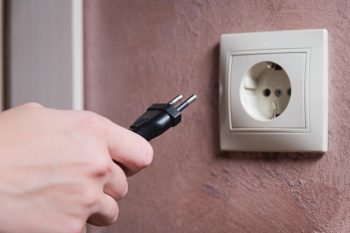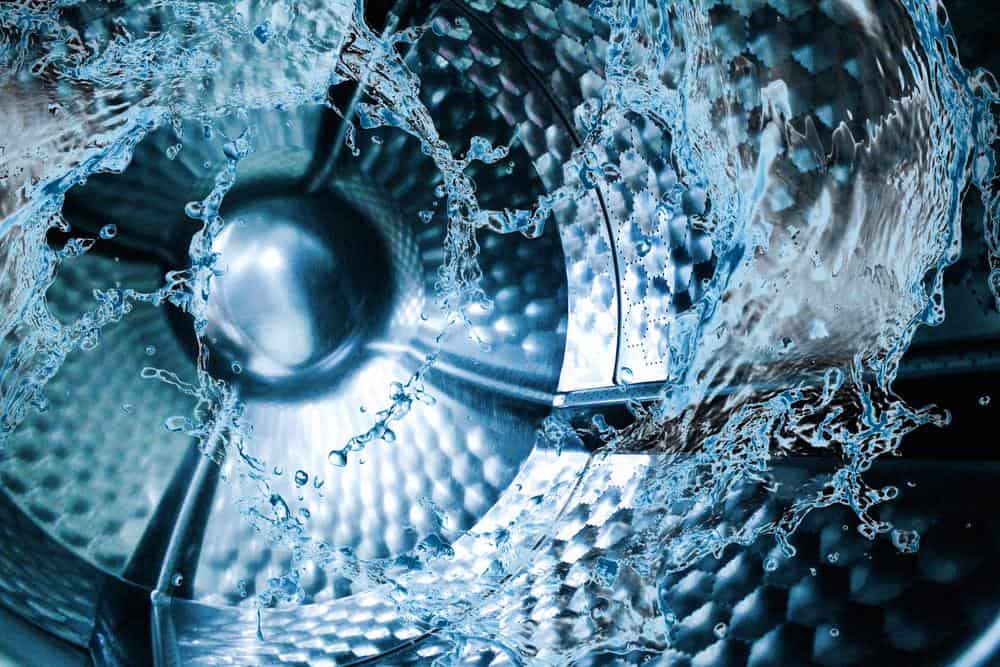
In today’s world, washing machines have become an integral part of our lives. They save us time and make our lives easier. However, like any other appliance, they can sometimes malfunction, leaving you with a tub full of water. In this comprehensive guide, we will walk you through the steps on how to drain water from a washing machine, including some tips and tricks to keep your machine running smoothly.
To drain water from a washing machine, first ensure the machine is disconnected from the power source. Remove any clothing from the washing machine. Locate the drain hose, usually at the back of the machine, and disconnect it from the drainage pipe. Place a bucket or large container under the hose and carefully lower the drain hose into it, allowing the water to drain out. If the water drains slowly, inspect the drain hose or filter for clogs and clear any blockages if necessary.
Why Drain Your Washing Machine?
Regular maintenance, including draining your washing machine, can prevent bacteria and mold growth, remove built-up residue, prolong the lifespan of the machine, maintain efficient washing power, and prevent unpleasant odors. It is recommended to drain and clean your washing machine once every one to three months, depending on usage and manufacturer’s instructions.
Safety First: What You Need To Do Before Draining Your Washing Machine
Before starting the draining process, ensure that the washing machine is safely disconnected from the power source to eliminate the risk of electric shock. Lay down towels around the machine to absorb any water that may spill during the process. Also, remember to turn off the water supply to the hot and cold hoses. Wearing gloves is recommended to protect your hands from sharp edges or debris.
Tools Needed To Drain Your Washing Machine
You will need a 5-gallon bucket or a large container, needle-nosed pliers, a screwdriver, a plumber’s snake, towels, a shallow container or baking dish, and the owner’s manual for your washing machine. For front-loading machines, a soft-bristle brush may also be necessary to clean the drainage filter.
Step-by-Step Guide To Draining Your Washing Machine
- Remove the clothing: Take out any clothing from the washing machine to prevent them from getting soaked.
- Locate and disconnect the drain hose: The drain hose is usually at the back of the machine. Disconnect it from the drainage pipe, keeping the end of the hose higher than the machine to prevent water from spilling out.
- Drain the water: Place a bucket or a large container under the disconnected drain hose. Carefully lower the drain hose into the bucket, allowing gravity to drain the water from the washing machine.
- Check for clogs: If the water is draining slowly, there might be a clog in the drain hose or filter. Inspect these components and clear any blockages if necessary.
Checking The Pump
If the machine is not draining properly, the issue could be with the pump. Check the pump filter and the pump itself for any obstructions or damage. You can use a multimeter to test the pump for continuity. If there are any issues with the pump, it may need to be replaced.
Post-Draining Steps
After the water has been drained, reattach the drainage hose and check for any leaks. Also, clean the drain filter and/or drain pump. Run an empty cycle to make sure that the drain is working properly and there are no leaks.
Conclusion
Draining your washing machine is a simple but necessary task for the maintenance of your appliance. Regular draining and cleaning can prolong the lifespan of your machine, ensuring that your clothes come out clean and fresh. However, if your washing machine continues to malfunction after following these steps, you may need to consult a professional.
Frequently Asked Questions
How often should I drain my washing machine?
It’s recommended to drain and clean your washing machine once every one to three months, depending on usage and the manufacturer’s instructions. Regular draining can prevent bacteria and mold growth, remove built-up residue, and maintain efficient washing power.
What tools do I need to drain my washing machine?
To drain your washing machine, you will need a 5-gallon bucket or a large container, needle-nosed pliers, a screwdriver, a plumber’s snake, towels, a shallow container or baking dish, and the owner’s manual for your washing machine. For front-loading machines, a soft-bristle brush may also be necessary to clean the drainage filter.
What should I do if my washing machine is not draining properly?
If your washing machine is not draining properly, the issue could be with the pump. Check the pump filter and the pump itself for any obstructions or damage. You can use a multimeter to test the pump for continuity. If there are any issues with the pump, it may need to be replaced.
What should I do after the water has been drained from the machine?
After the water has been drained, reattach the drainage hose and check for any leaks. Also, clean the drain filter and/or drain pump. Run an empty cycle to make sure that the drain is working properly and there are no leaks.
What if my washing machine continues to malfunction after draining?
If your washing machine continues to malfunction after following these steps, you may need to consult a professional. Regular maintenance and care can help prevent issues, but sometimes professional help is necessary.

